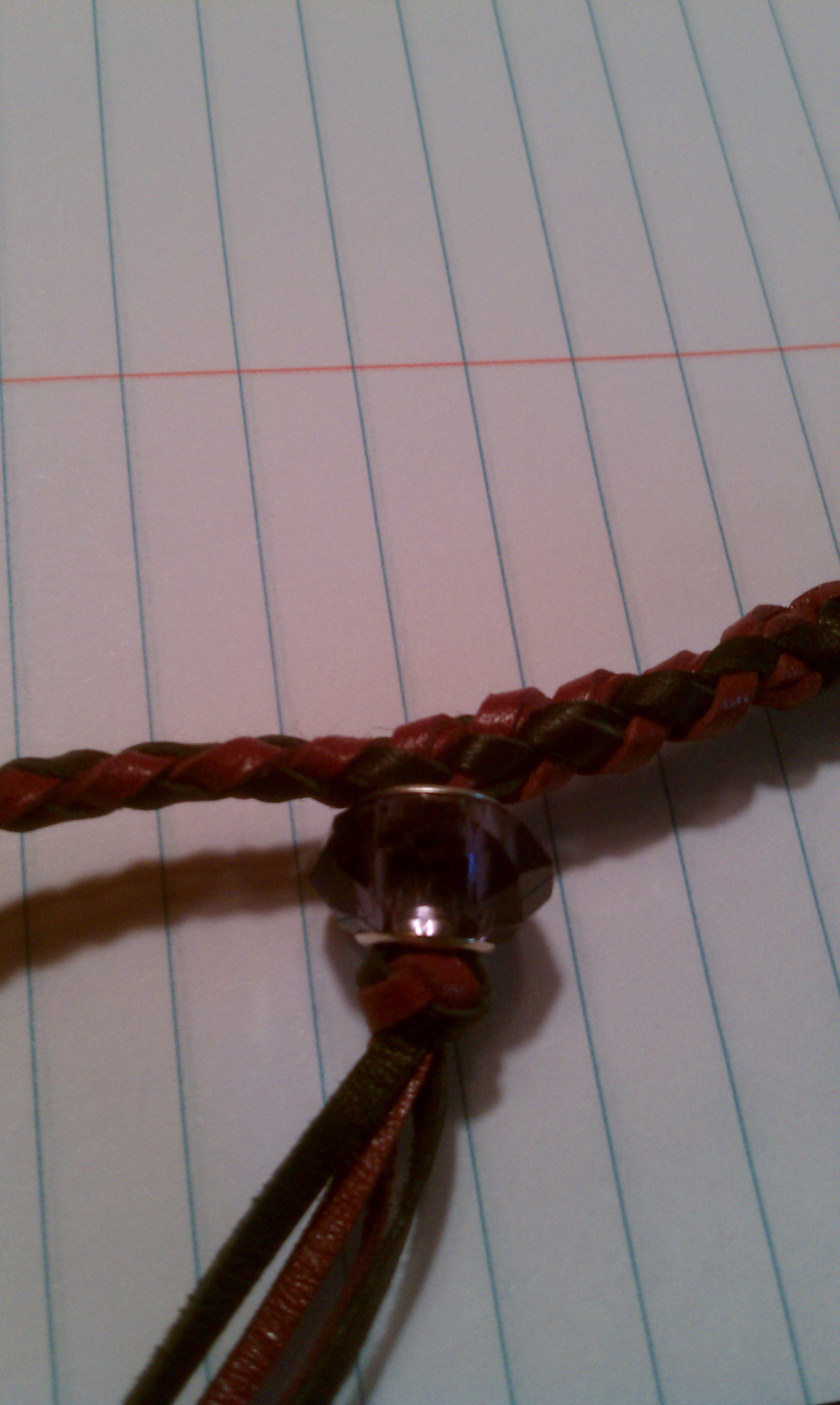

Creating this knot requires a two-part twist, and some fishing enthusiasts prefer to use a tool made especially for tying a haywire twist. The Flemish Eye requires a sleeve to finish it off, so a crimping tool is required.Ĭonnecting single-strand wire leaders to swivels, hooks, and lures is often accomplished with a haywire twist, an extremely strong knot that creates a loop where conventional knots won’t work.

This saltwater fishing knot creates a reinforced loop in heavy mono, usually for the purposes of attaching hooks, swivels, and rings to wire. While you can create a dropper loop long enough to place a hook, this isn’t recommended. While it does maintain most of your line’s strength, the sharp angle in the line creates points of internal weakness. The clinch knot works best in lighter lines, and the improved version includes an extra tuck under that final turn.Īlso known as a blood loop or a snood loop, this knot creates a loop in your line that stands out at a 90 degree angle so you can attach a second leader or lure. This strong, variable saltwater fishing knot is an angler favorite and easy to learn. One of the most-used knots in fishing, the clinch knot is a reliable way to secure a line to a hook, lure, or swivel. It’s a variable strength saltwater fishing knot, with the strength depending on the number of turns made on each side of the center and how short you clip the ends, but it’s also an extremely easy knot to tie. This basic twisted knot is used mainly for joining two lines of monofilament that are roughly the same thickness – for example, when joining sections of tippet or leader. It’s not the easiest saltwater fishing knot to tie, but its diminutive size means it won’t catch on your rod guides. A tight Albright knot is small, giving it an advantage over a barrel swivel. Sometimes known as the Albright Special Knot, the Albright knot should be used when you’re joining monofilament lines of unequal diameters – for example, when you’re tying your main line to a shock leader or single strand wire leader.
Trminal knot 3 strand how to#
Here are 10 of the best saltwater fishing knots, along with how to use them: Consequently, if you know just a handful of versatile saltwater fishing knots, you’ll be covered in almost every circumstance. But relax! While there are hundreds of saltwater fishing line knots you can learn, there’s no one right way or wrong way to tie a knot and many different fishing line tying techniques will work in many different situations. There are as many saltwater fishing knots as there are fishing enthusiasts, which is why many hobbyists find knots intimidating.
Trminal knot 3 strand series#
Pull tag end all the way through and slide knot down tight.We could write a book, probably a whole series of books, about saltwater fishing knots and fishing knot tying.Pull overhand knot tight and feed tag end through noose (loop) end.Tie an overhand knot around standing line.Form a small loop at the end of a line by running tag end over standing line.Scroll to see Animated Stopper Knot below the illustration and tying instructions. Also see the Double Overhand Stopper Knot. Essentially, the knot is a common Overhand noose, but with the end of the rope passing through the noose eye, which closes upon it. It makes a well-balanced trefoil-faced stopper at the end of the rope, giving greater resistance to pulling through an opening than other common stoppers. This version, the Ashley Stopper knot, also known as the Oysterman's stopper, is a knot developed by Clifford Ashley around 1910. A stopper knot is tied at the end of a rope to prevent the end from unraveling, slipping through another knot, or passing back through a hole, block or a device. Home Rope Knots Stopper Knot Stopper Knot


 0 kommentar(er)
0 kommentar(er)
